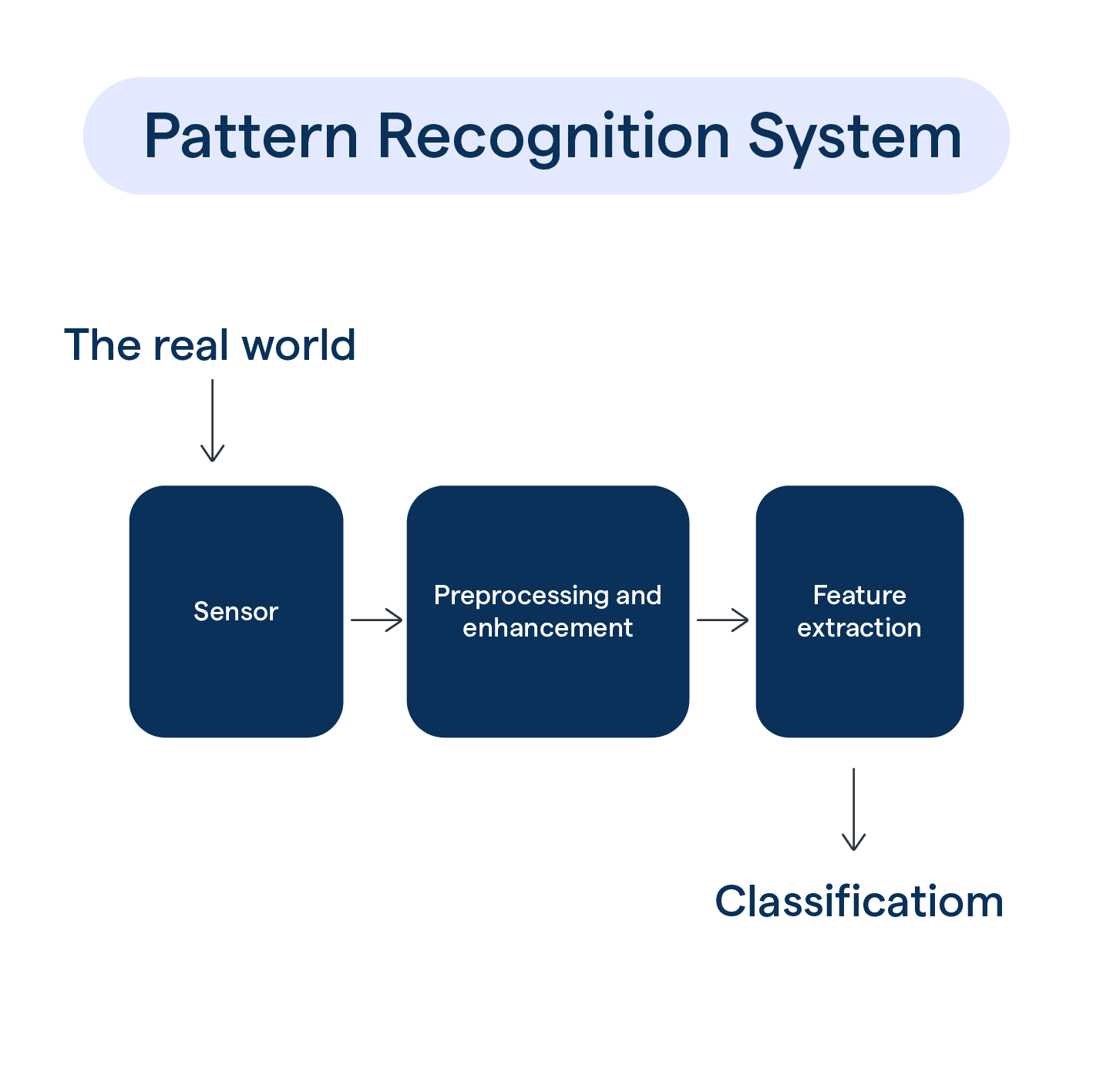The goal of AI in fighting financial fraud
The federal government has turned to artificial intelligence (AI) to combat financial crime and the results have been significant. Machine-learning AI has helped the US Treasury Department recover $1 billion worth of check fraud in fiscal 2024 alone, nearly tripling the amount recovered in the previous year.
Transformative use of AI
According to Renata Miskell, a top Treasury official, leveraging data through AI has revolutionized fraud detection and prevention efforts. The Treasury Department credited AI with preventing and recovering over $4 billion worth of fraud in fiscal 2024, marking a substantial increase from the year before.

The impact of AI in financial crime detection
The use of AI to detect financial crime began in late 2022 in the US, drawing inspiration from practices adopted by banks and credit card companies. The goal is to safeguard taxpayer money, particularly in light of increased fraud during the Covid-19 pandemic, when emergency aid disbursements were at their peak.
Use of machine learning in fraud prevention
While the Treasury does not utilize generative AI, it heavily relies on machine learning to analyze vast quantities of data for fraud patterns. AI's ability to swiftly detect suspicious transactions and anomalies is crucial in combating fraudsters who aim to exploit the system discreetly.
Challenges and future prospects
Although AI has proven to be a valuable tool in fighting financial crime, concerns remain regarding potential risks it introduces into the financial system. The Treasury is constantly working to enhance its fraud-detection tools and collaborate with state agencies to curb fraud in various programs.

Conclusion
As the Treasury continues to explore advanced fraud-detection methods, the integration of AI remains pivotal in safeguarding taxpayer funds and mitigating financial fraud on a large scale.
Read more on ABC7 News




















